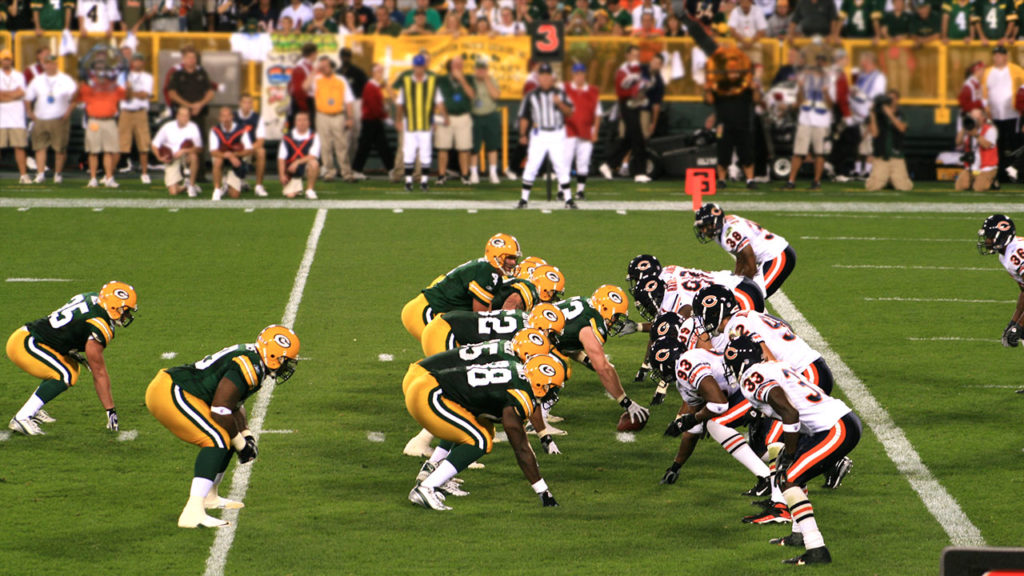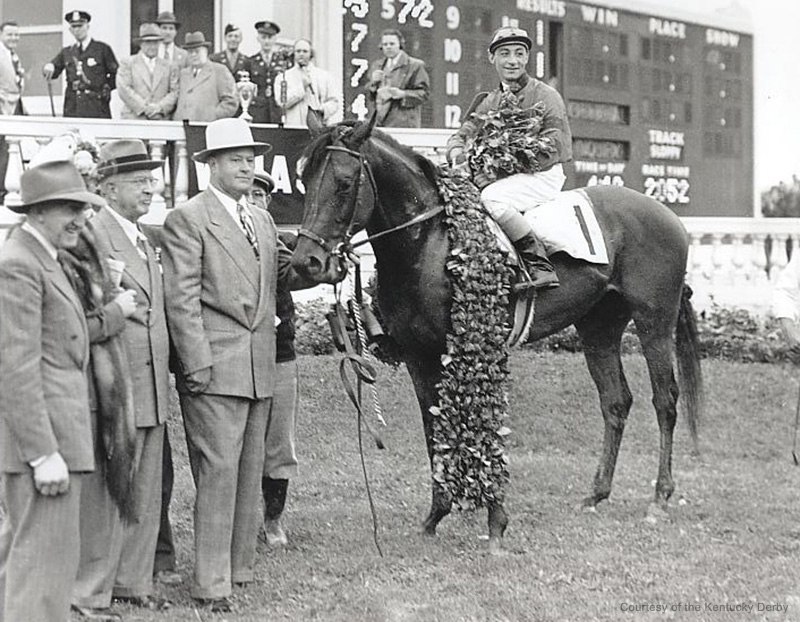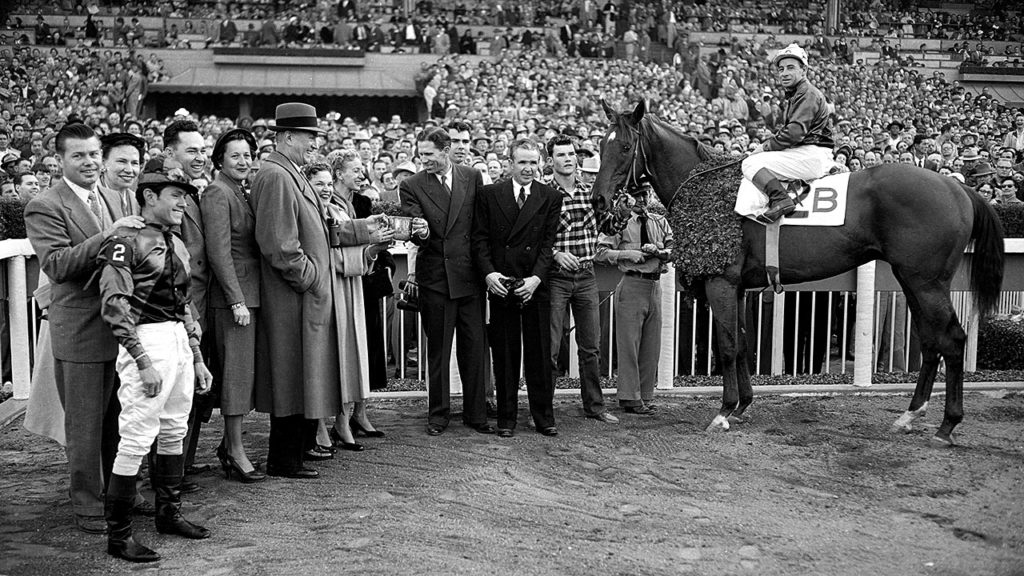
The playing career of Hall of Fame quarterback Brett Favre is remembered for many things, among which were his on-again, off-again flirtations with retirement for several years until actually doing so in January 2011.
Although Favre publicly announced an intention to retire on multiple occasions before having changes of heart, in retrospect were these episodes more his way of instigating a trade to another team or a release into free agency?
RELATED: Remembering Paul Hornung’s Kentucky Derby hope: Titletown Five
Whether he actually filed retirement papers with the league office before 2011 is not readily apparent, but in the eyes of some observers Favre never technically retired during that time. Backing up that view is the fact Favre established a league record of 321 consecutive starts in the regular and post-seasons from 1992 to 2010.

Any analogy within the world of Thoroughbred racing to Favre’s “retirements” and comebacks are rather loose. Favre continued to enjoy some success after re-signing with other teams following his departure from the Green Bay Packers, in particular with the Minnesota Vikings. But that’s not been the typical case when a prominent Thoroughbred athlete has unretired.
That said, Hall of Fame jockey Gary Stevens is one participant in the world of racing whose multiple comebacks from persistent knee problems resulted in him reaching the pinnacles of his profession time and again.
The rider of Triple Crown race winners Silver Charm, Winning Colors, Thunder Gulch, and Victory Gallop, among many other notables, Stevens first retired for a 10-month period in 1999-2000, but was back in action to guide 2001 Horse of the Year Point Given to a pair of classic victories.
Knee issues caused Stevens to hang up his tack a second time at the end of 2005, after which he dabbled in training and as a jockey agent, acted in film and television, and served as an analyst on the TVG and HRTV racing networks as well as NBC.
RELATED: So Nice He Did It Twice: Carry Back’s Two Careers
Stevens’ next run at riding started in early 2013, and by the end of the year he had accounted for victories aboard Oxbow in the Preakness (G1) and Mucho Macho Man in the Breeders’ Cup Classic (G1). Stevens also became the regular rider of Beholder, the four-time champion filly.
Knee and hip replacement surgeries in the ensuing years kept Stevens out of action for months at a time, but were not enough to necessitate a permanent retirement. However, that changed in late 2018 when an accident at Del Mar resulted in a vertebrae injury to Stevens’ neck that made another comeback too risky to pursue. He’s since returned to television, where he serves as a respected analyst on Fox Sports racing broadcasts.
Favre’s iron-man streak of starting every game for the better part of 18 seasons has no apparent equivalent on the racetrack, at least among the athletes. However, one industry professional proved undeniably reliable in his work ethic, and fortunate in health, while serving behind the microphone decades ago.
Hernandez’s streak of consecutive races called at Santa Anita ended at 15,587.

(Churchill Downs Photo)
Beginning on Christmas Day 1934, when Santa Anita opened its doors for the first time, Joe Hernandez called every race at the Southern California track until collapsing on duty during the running of the first race on Jan. 27, 1972, the result of a kick to the abdomen by a horse on an earlier visit to Hollywood Park. The internal injuries proved too much for Hernandez’s weakened heart to handle and he died the following week.
Hernandez’s streak of consecutive races called at Santa Anita ended at 15,587. Among the legendary runners he called over the decades include Seabiscuit, Citation, Noor, Swaps, Round Table, Majestic Prince, and Ack Ack.
Perhaps the most memorable race of Hernandez’s streak was the 1966 San Juan Capistrano Handicap, in which then all-time leading rider Johnny Longden won aboard George Royal in a dramatic photo finish before a crowd of more than 60,000. It was the designated final race in the riding career of the 59-year-old Longden.




